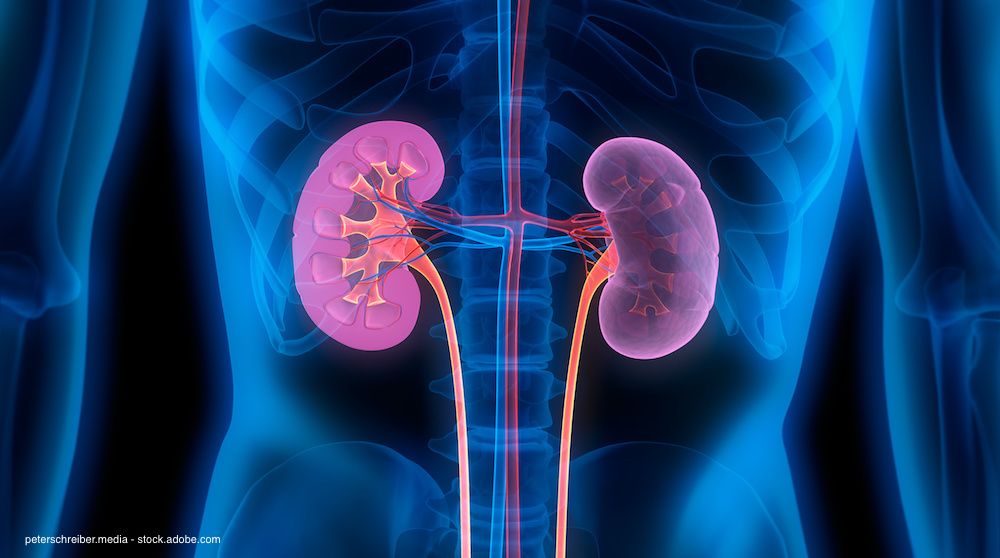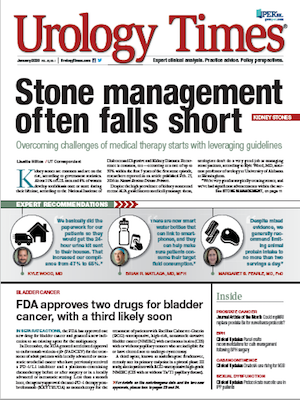Publication
Article
Urology Times Journal
New agents may offer hope for two forms of hyperoxaluria
Author(s):
Two pharmaceuticals in late-stage development may offer new therapeutic options for patients with rare forms of hyperoxaluria.
peterschreiber.media - stock.adobe.com

Two pharmaceuticals in late-stage development may offer new therapeutic options for patients with rare forms of hyperoxaluria.
In December 2019, Alnylam Pharmaceuticals announced positive phase III study results for lumasiran, an RNAi drug targeting glycolate oxidase in development for primary hyperoxaluria type 1 treatment. Separately, Allena Pharmaceuticals provided an update to its phase III development program for reloxaliase, a non-absorbed, oral enzyme for the treatment of enteric hyperoxaluria.
According to results from the ILLUMINATE-A trial, lumasiran met the primary efficacy endpoint of percent change from baseline, relative to placebo, in 24-hour urinary oxalate excretion averaged across months 3 to 6, Alnylam Pharmaceuticals reported. The results suggest lumasiran can significantly reduce the hepatic production of oxalate, which could address the underlying pathophysiology of primary hyperoxaluria type 1, the company said.
The findings are encouraging for the drug’s approval in 2020. But only patients with a rare genetic condition that causes kidney stones will be candidates for lumasiran treatment, according to Kyle Wood, MD.
“Primary hyperoxaluria type 1 usually manifests as recurrent stone disease at a young age and may progress to end-stage renal disease,” Dr. Wood said. “This drug could revolutionize treatment of that patient population. But I do not think that lumasiran will become mainstay treatment for most of our stone formers.”
Allena Pharmaceuticals recently said that, following positive topline results from the phase III URIROX-1 study of reloxaliase and further analysis of the data from the trial, Allena plans to re-engage with the FDA, with the request to discuss measures to potentially streamline its ongoing URIROX program through modifications to the adaptive URIROX-2 trial design. These enhancements may include reducing the target enrollment in URIROX-2, conducting an earlier interim analysis of the data from URIROX-2, and modifying the requirements for filing for accelerated approval of the initial reloxaliase Biologics Licensing Application.
The URIROX-1 study achieved its primary endpoint, with a mean reduction of 22.6% in average 24-hour urinary oxalate excretion measured during weeks 1-4 among patients treated with reloxaliase versus 9.7% in the placebo group (least square mean treatment difference of -14.3%, p=.004).
“Specifically, the phase III trial looked at enteric hyperoxaluria, so it’s a specific population that has high oxalate in their urine secondary to bowel disease,” Dr. Wood said. “Their data was positive, but I think as a community it wasn’t as helpful as we thought it might be to this population. The really big issue will be treatment cost versus actual benefit. Most of us think a clinically meaningful reduction in urinary oxalate really needs to be above 20%.”































